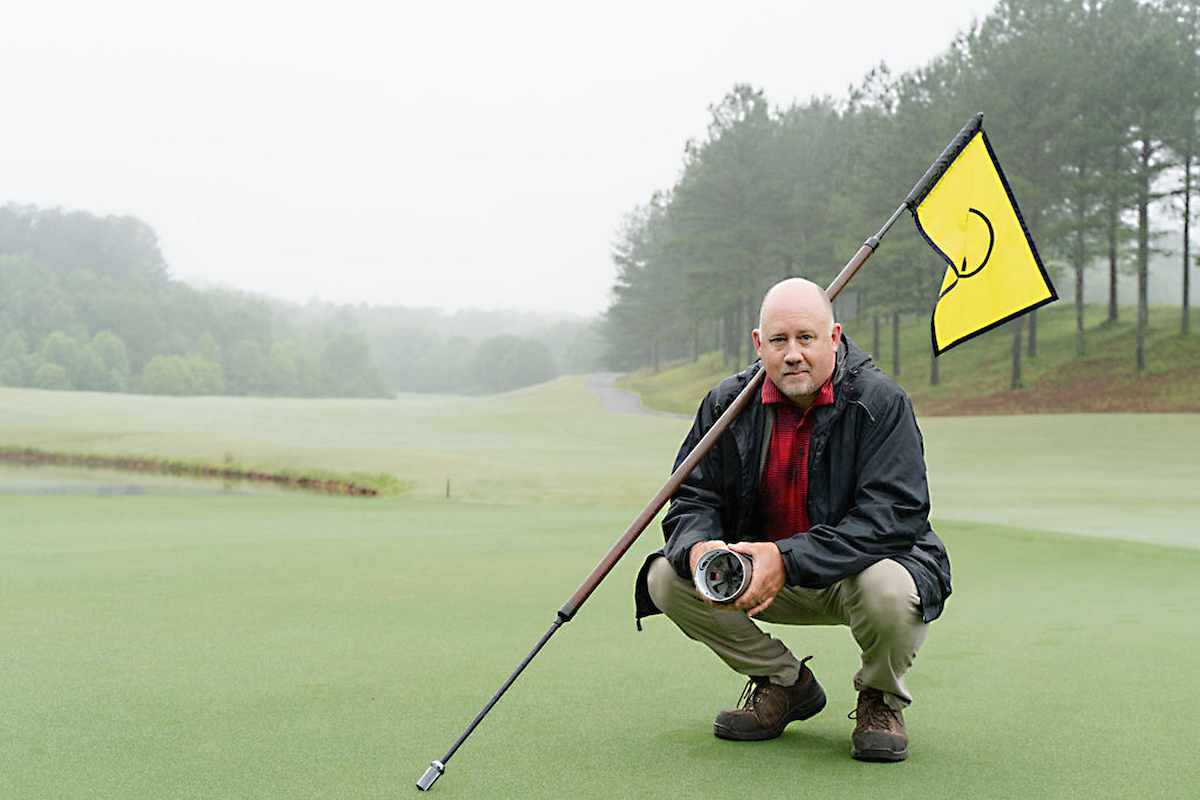By Judy Harrison
University of
Georgia
What is red, white and blue and seen all over America?
If you said red, juicy steaks over the flickering blue flames from the white-hot coals of the grill, you are exactly right. No summer would be complete without the sizzle of the grill.
As you fire up the grill this summer for good times with your family and friends, remember it is important to be food safe. Warm summer temperatures give bacteria the perfect opportunity to multiply rapidly and spoil your fun.
Handling food safely is just as important when grilling outdoors as it is in the kitchen. Food that is not handled properly can make you sick. Here are some simple tips to keep your guests safe from foodborne illness.
CLEAN
Wash your hands before you touch food and after you handle raw meats, poultry, fish, seafood or eggs. If the location where you are grilling has no running water and soap, take along disposable hand wipes and hand sanitizer. You may want to use disposable gloves when handling raw items. Change to a new pair of gloves before handling cooked products.
Always keep the food-preparation area clean and use clean utensils. If working outside, take along aluminum foil or disposable plates to use as a clean preparation surface, and have plenty of disposable utensils on hand. In the kitchen, keep counters, dishes and utensils clean by washing with soap and hot water.
SEPARATE
Always keep foods separate. Keep contaminated surface and raw foods and their juices from coming in contact with foods that are already cooked or ready to eat like fruits and vegetables. Use a clean plate when removing cooked meats from the grill. Do not put the cooked meat on the plate used to bring raw meats to the grill.
COOK
Meat or poultry cooked on the grill can brown quickly on the outside. But is it really done? Take the guesswork out of your grilling by using a food thermometer. This helpful tool will tell you when foods have reached the necessary temperature inside to destroy harmful bacteria and viruses.
When you check thin foods like burgers, insert the stem of the thermometer through the side of the patty to get an accurate reading. Ground beef should reach at least 160 degrees F in the center to be safe. Ground poultry should reach at least 165 degrees.
Whole cuts of beef, veal or lamb should reach at least 145 degrees for medium rare or 160 degrees for medium doneness. Pork chops and pork loins should reach 160 degrees. Insert the thermometer into the thickest part of the food away from any bones and fat. Wait at least 15 seconds to take the reading.
CHILL
Keeping foods cold is one way to keep harmful bacteria from multiplying. Even when thawing frozen foods, it is important to use methods that don’t allow the food’s surface to warm up while the food is still frozen inside.
There are three safe methods for thawing foods:
• Thaw ahead of time in the refrigerator.
• Thaw in cold water, changing water every 30 minutes.
• Thaw in the microwave, cooking the warm food immediately after thawing.
If you are planning to marinate meat or poultry before grilling, marinate first in the refrigerator, not on your kitchen counter at room temperature.
This summer, remember to be food safe as you enjoy grilling, one of America’s favorite pastimes. It’s as American as red, white and blue!
(Judy Harrison is a food safety specialist with University of Georgia Cooperative Extension.)



